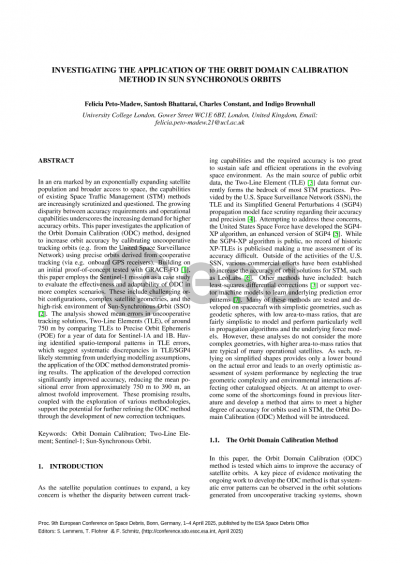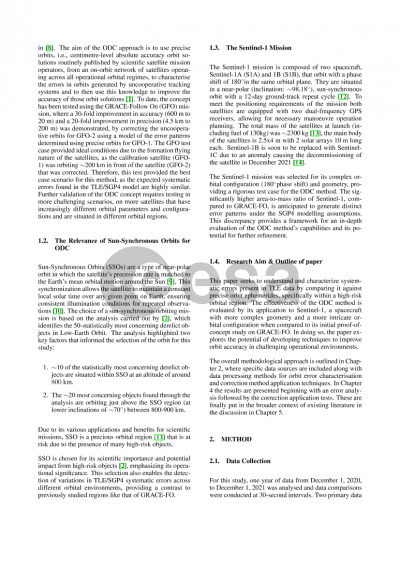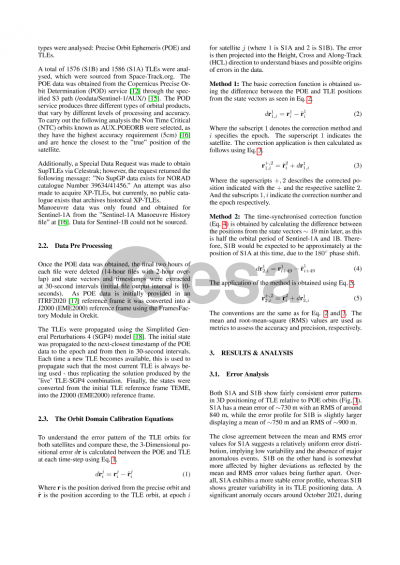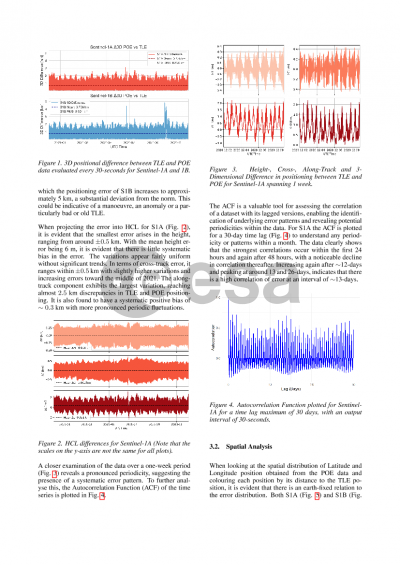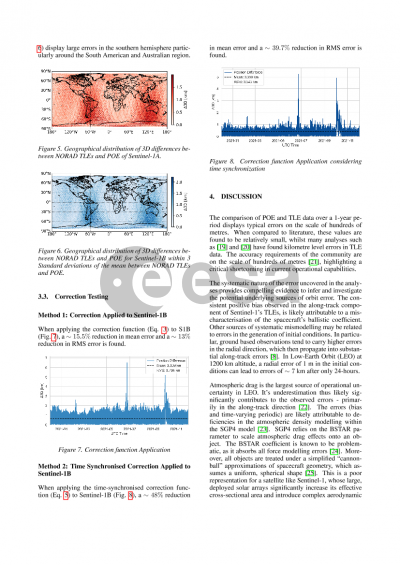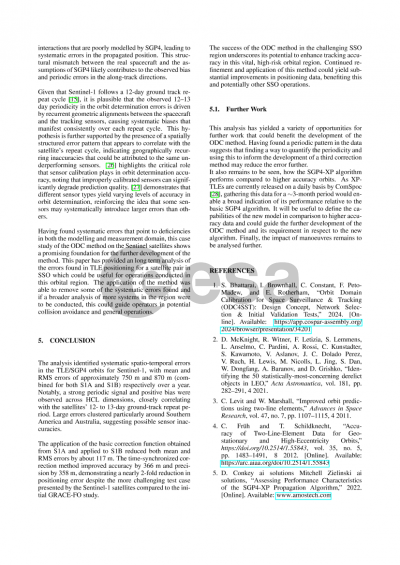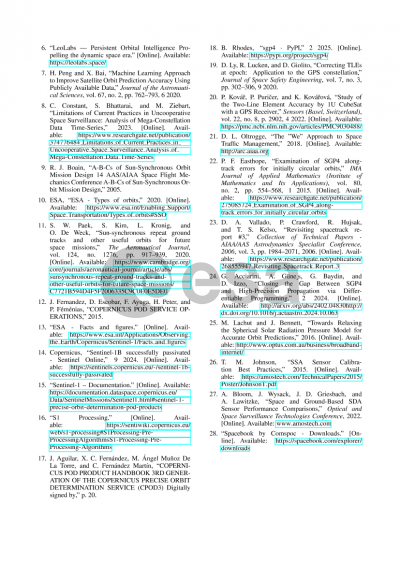Document details

Abstract
The satellite population is growing at an exponential rate. Space Situational Awareness (SSA) and Space Traffic Coordination (STC) systems must be capable of handling this rapid growth. Current STC systems rely heavily on orbit solutions derived from uncooperative tracking for conjunction assessment and risk analysis to support activities such as manoeuvre planning for collision avoidance. However, positional errors of several kilometres are typical. This is orders of magnitude less accurate than is necessary for effectively managing an increasingly congested orbital environment. This discrepancy is reflected in the hundreds of thousands of Conjunction Data Messages (CDMs) generated daily—approximately 600,000 in 2024. The sheer quantity of CDMs overwhelms STC providers and space operators, limiting their ability to process them effectively and distinguish high risk events from error-driven alerts.
This work builds on earlier proof of concept tests of the Orbit Domain Calibration (ODC) method that was developed at University College London. In those tests, we generated an orbit error correction function for the Grace Follow-On A (GFO-A) satellite, by comparing orbits solutions generated from cooperative tracking (i.e., precise orbits calculated using data from the on-board GPS receiver) against orbits generated from uncooperative tracking (i.e., from the United Space Surveillance Network). We then applied this error correction function to the uncooperative orbit solutions for the GRACE-FO B (GFO-B) satellite. Over a 1-year analysis period (2023), the application of the ODC method to the GFO-B satellite, reduced the errors in the orbits from uncooperative tracking from ~600 m down to ~20 m – a factor of 30 improvement.
The tests we conducted on the GFO mission were encouraging in that we demonstrated the effectiveness of the ODC method on orbit when applied to a real-world, operational satellite mission. However, this was an ideal test case for the ODC method due to the close formation flying nature of the pair of GFO satellites. In this contribution, to further validate the effectiveness of the ODC method, we shall extend our analysis to the Sentinel-1A, -1B and -1C satellites, located in a densely populated near-polar Sun-Synchronous Orbit (SSO) at 693 km—an orbital region previously identified as high-risk by (McKnight et al. 2021, https://doi.org/10.1016/j.actaastro.2021.01.021). The orbital configuration of the Sentinel-1 satellites presents a more challenging test, compared to the GFO satellites, making this an important study for assessing and expanding the applicability of the ODC method to diverse orbital regions. The analysis will be carried out for the entire duration of 2021 (the last full year of operation for Sentinel-1B) and the early part of 2025 (once Sentinel-1C becomes operational). Data sources considered will include orbit solutions from uncooperative tracking from the US Space Surveillance Network (SGP4 and SGP4-TLEs) and precise orbits from the Copernicus Precise Orbit Determination Service.
This work will contribute to the development of methods for improving the accuracy of orbit solutions from uncooperative tracking to enhance SSA, aligning with the needs of our expanding satellite and space debris population.
Preview
